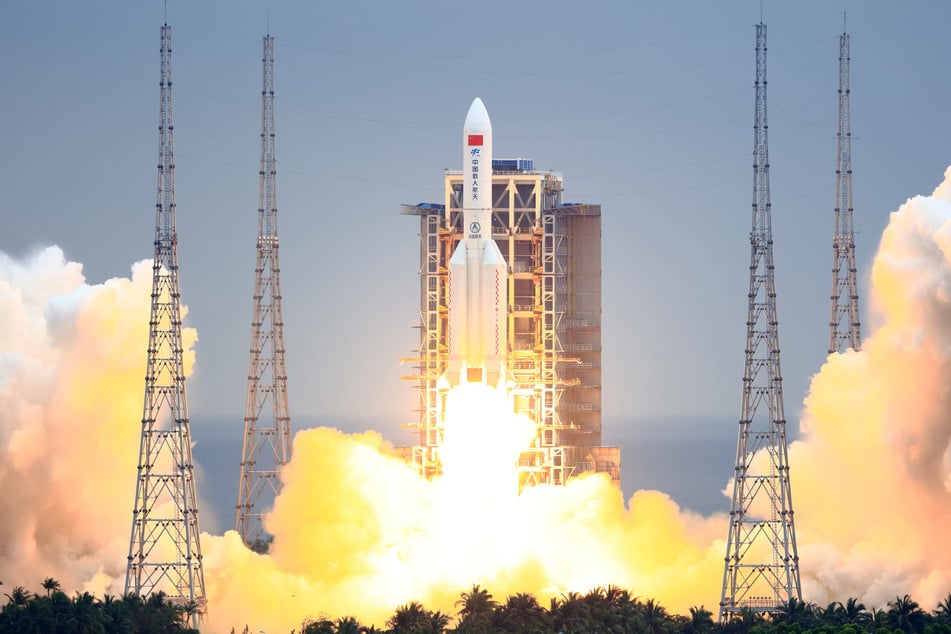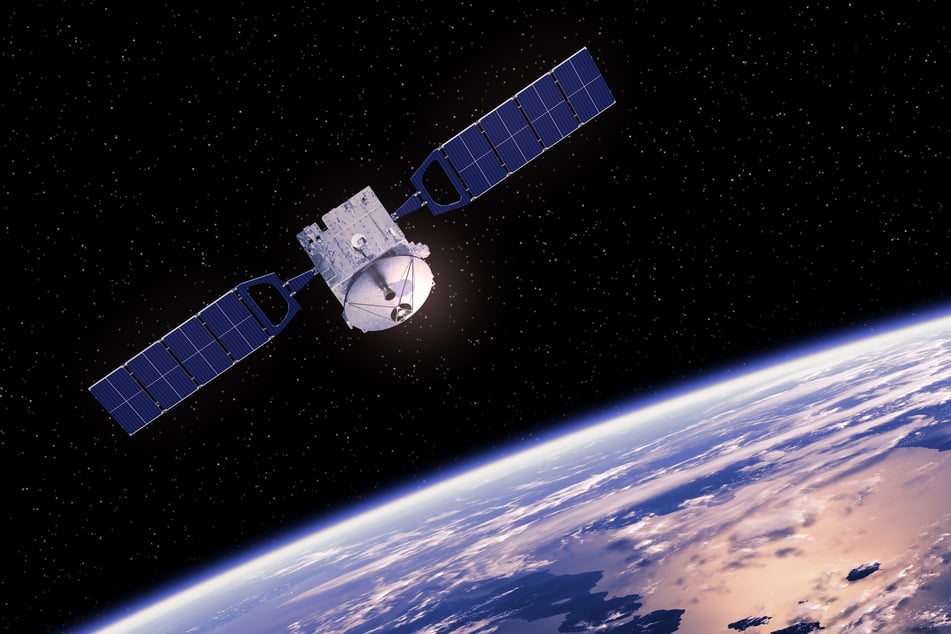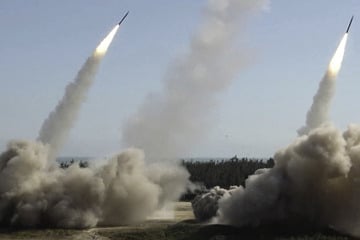Is the robotic arm on China's space station a security threat or just a helping hand?
Beijing, China - The Commander of the US Space Command says he thinks China's lates robotic arm is designed to disable American satellites. China says it is designed to clean up a growing amount of space junk.

According to the South China Morning Post, the robotic arm of China's new Tiangong Space Station is over 32 feet long and can lift over 22 tons. The concept is anything but new; the US and other countries have used robotic arms in space for decades to move components, satellites, and steer pods into ports.
However, at a Congressional hearing last month, Commander James Dickinson of the US Space Command shared his belief that China must be planning to use the arm for militaristic purposes, stating that it "could be used in a future system for grappling other satellites".
The Shijian-17, a Chinese satellite that also has a robotic arm, was deployed in 2016 and has been closely monitored by both the US military and other organizations.
In March, a think-tank called the Centre for Strategic and International Studies said that it had noticed some "unusual maneuvers" in how the Shijian-17 oriented itself relative to other satellites that were also in geostationary orbit.
Commander Dickinson also mentioned the Shijian-17 in his Congressional address, and his concern that its potential to harm American satellites had become a "pacing challenge".
The vague references to the "unusual" activity of the existing satellite in reference to the new Chinese Space Station is just blatant fear-mongering, according to critics.
China cites national goal of cleaning up space

The China Academy of Space Technology, which created the Shijian-17, said when the satellite launched in 2016 its mission was to test "high-orbit space debris observation technologies".
Song Zhongping is a military commentator based in Hong Kong and says that Commander Dickinson's claims about the Tiangong Space Station's robotic arm are scare tactics in order to get Congress to issue his division a larger budget.
When the Shijian-17 was launched in 2016, Beijing announced 10 national goals for the following five years, and cleaning up space junk made the list. Zhongping remarked, "If China makes a breakthrough in debris removal, it will be welcomed internationally."
The world was reminded of the dangers of space junk a little over two weeks ago when a potentially dangerous amount of debris from an error during a Chinese launch threatened to fall on populated areas.
Many other countries have also been scrambling for solutions to clean up the growing amount of space junk. Both dangerous to humans if it doesn't burn up in the atmosphere, even a small fragment traveling at thousands of miles per hour in orbit could cause catastrophic damage to valuable communications satellites.
Cover photo: IMAGO / VCG

